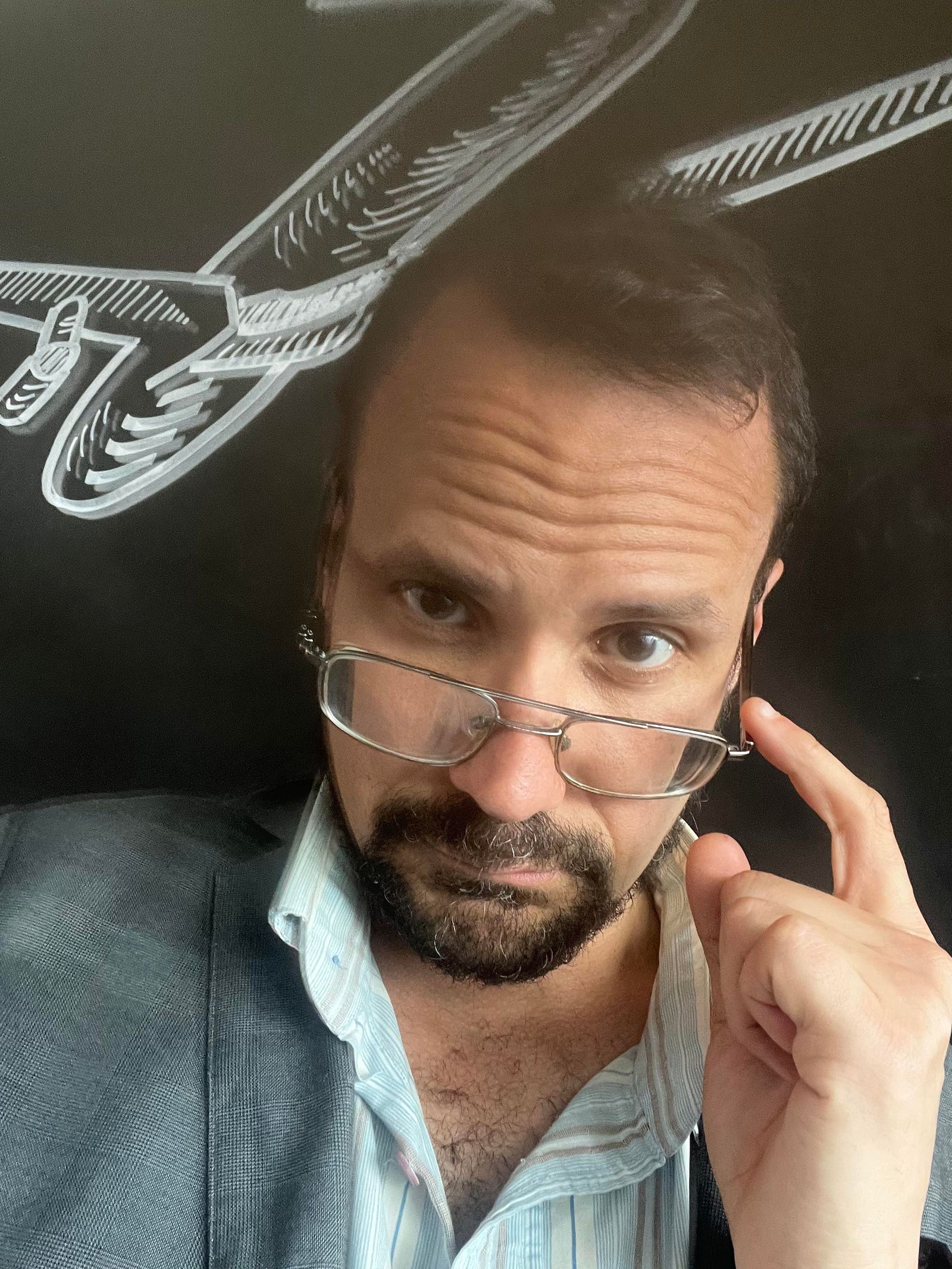




This is a blend of documentary, fiction and ethnographic register of invaluable social, political and historical importance. Less so from a filmic and artistic perspective. The Dead and the Others is a two-hour-long Brazilian-Portuguese co-production about the Kraho indigenous people of Northern Brazil, who inhabit the forests near the Pedra Branca municipality. The directors Joao Salaviza and Renee Nader Messora (who are also partners) are respectively Portuguese and Brazilian, but the film is almost entirely spoken in Kraho.
Fifteen-year-old Ihjac (played by Henrique Ihjac; all the actors use their real name) talks to the disembodied spirit of his father at the foot of a small waterfall in the first scene. The small indigenous tribe is still coming to terms with the (apparently) tragic and unexpected death of the much beloved man. Ihjac is assigned with the funeral arrangements, but he struggles with the pressure. He is married to Koto and father to a baby boy himself. Anxiety suddenly befalls him, and he seeks medical from the local health service at Pedra Branca, only to be told that he’s a hypochondriac. He’s forced to return to his tribe against his will. But will he manage to cope with his adult duties, or will he have a mental collapse?
This is a film about a young man’s coming-of-age, who’s also seeking his social and his cultural identity. At first, the film feels like an intimate look into a mostly untouched tribe. Then the signs of civilisation gradually begin to emerge: a metal pan, a shirt wrapped around the waist (covering the genitalia), a football, and so on. At Pedra Branca, we realise that Ihjac’s tribe isn’t that insular after all: the young father speaks reasonable Portuguese. The flashing vehicles and televisions in the city probably exert a certain fascination on the young father. The tacit promise of a “civilised” adult life probably plays a part in Ihjac’s refusal to return to his family.
Filming the indigenous peoples of Brazil is never an easy task. Most of the tribes are under the threat of genocide by poachers and loggers, there’s the language barrier, and the communities are often located in remote areas of very difficult access. Plus their acting skills are very limited. They don’t go to drama school, so getting them to perform naturally in front of the cameras is extremely tough. It seems like the directors of The Dead and the Others did not take issues into account. The result is somewhat monotonous and amateurish. Perhaps the directors intended to make a docudrama with a touch of Jean Rouch’s ethnofiction. Sadly, they failed. It could be that their profound respect for their subjects, or the search for naturalism, prevented them from eliciting more impassioned and intense reactions from their subjects.
There are also post-production issues. The image contrast and the saturation are often very high. The forest green looks more like the phosphor green. The quality of the footage is so grainy and poor that you might ask yourself whether you are watching a film from the 1980s. All of these problems could have been easily remedied with a little more work at the studio.
Joao Salaviza has previously won Cannes with his short film Arena (2009), which probably gave him a helping hand this year. The Dead and the Others showed in the 71st Cannes International Film Festival in 2018, when this piece was originally written. On Mubi in June/July 2020.
















